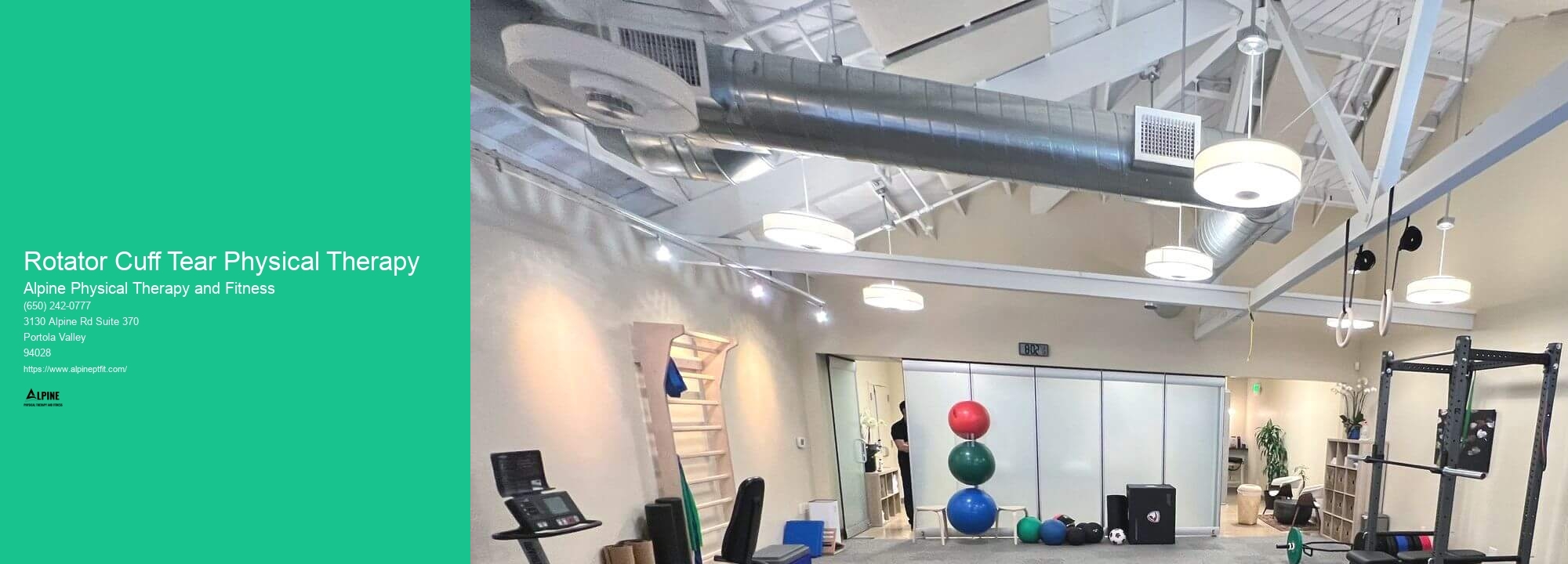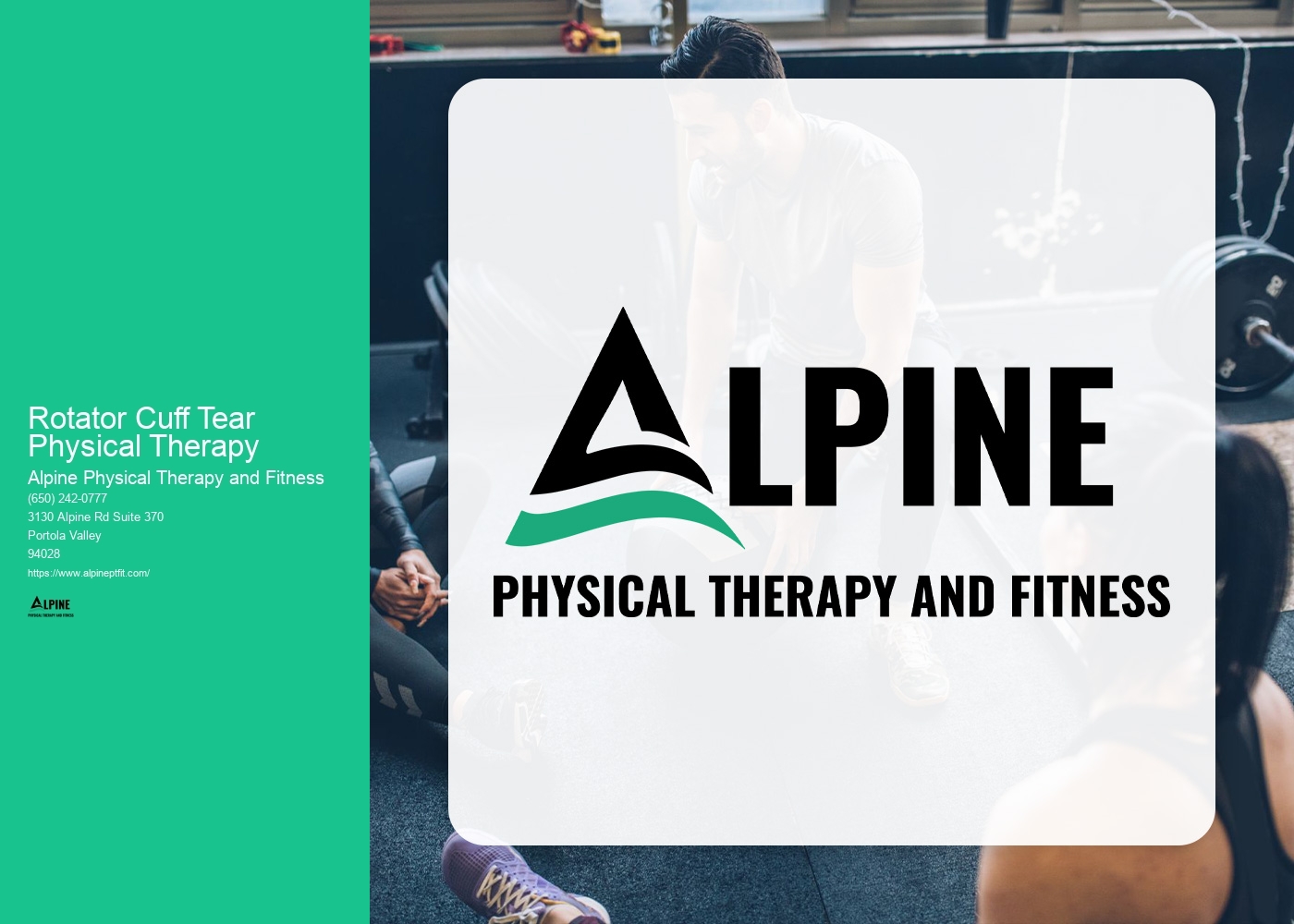

A rotator cuff tear is a common injury that affects the muscles and tendons in the shoulder joint. Specifically, it refers to a tear in one or more of the four muscles that make up the rotator cuff: the supraspinatus, infraspinatus, teres minor, and subscapularis. These muscles are responsible for stabilizing the shoulder and allowing for a wide range of motion. When a tear occurs, it can cause pain, weakness, and limited mobility in the affected shoulder.
There are several common causes of a rotator cuff tear. One of the most common causes is repetitive overhead motions, such as those performed in sports like baseball or tennis. Other causes include trauma or injury to the shoulder, degenerative changes in the tendons due to aging, and chronic wear and tear from repetitive activities or occupations that require heavy lifting or overhead work. Additionally, certain factors such as poor posture, muscle imbalances, and decreased blood supply to the tendons can increase the risk of developing a rotator cuff tear.
The symptoms of a rotator cuff tear can vary depending on the severity of the tear. Common symptoms include pain in the shoulder, especially when lifting or reaching overhead, weakness in the affected arm, difficulty lifting or carrying objects, and a clicking or popping sensation in the shoulder joint. Some individuals may also experience limited range of motion and difficulty sleeping on the affected side due to pain.

To diagnose a rotator cuff tear, a healthcare professional will typically perform a physical examination of the shoulder, assessing for pain, weakness, and range of motion. They may also order imaging tests such as an MRI or ultrasound to confirm the diagnosis and determine the size and location of the tear. These tests can also help rule out other conditions that may be causing similar symptoms.
The treatment options for a rotator cuff tear depend on the severity of the tear and the individual's symptoms. In some cases, conservative treatments such as rest, ice, physical therapy, and anti-inflammatory medications may be sufficient to relieve pain and improve function. However, for more severe tears or cases where conservative treatments are not effective, surgical intervention may be necessary. Surgery can involve repairing the torn tendon or, in some cases, removing damaged tissue and reattaching the tendon to the bone.

The recovery time for a rotator cuff tear with physical therapy can vary depending on the severity of the tear and the individual's adherence to the prescribed treatment plan. Generally, it can take several weeks to several months to fully recover. Physical therapy plays a crucial role in the recovery process, as it helps to strengthen the muscles surrounding the shoulder joint, improve range of motion, and reduce pain. The duration of physical therapy will depend on the individual's progress and may involve a combination of exercises, manual therapy, and modalities such as heat or cold therapy.
A rotator cuff tear physical therapy program typically includes a variety of exercises aimed at improving strength, flexibility, and stability in the shoulder joint. These exercises may include range of motion exercises to improve flexibility, strengthening exercises targeting the rotator cuff muscles, and stability exercises to improve shoulder joint stability. Examples of specific exercises that may be included in a physical therapy program for a rotator cuff tear include shoulder external rotations, scapular retractions, shoulder flexion and extension, and rotator cuff strengthening exercises such as internal and external rotations with resistance bands or weights. It is important for individuals to work closely with their physical therapist to ensure proper form and progression of exercises to avoid further injury and promote optimal recovery.

Physical therapy can be a valuable treatment option for women experiencing painful sexual intercourse, also known as dyspareunia. By addressing the underlying causes of the pain, physical therapy aims to improve sexual function and overall quality of life. A skilled physical therapist can assess the pelvic floor muscles and identify any muscle imbalances, tension, or weakness that may be contributing to the pain. Treatment may involve a combination of manual therapy techniques, such as myofascial release and trigger point release, to release muscle tension and improve flexibility. Additionally, therapeutic exercises can be prescribed to strengthen and stabilize the pelvic floor muscles, promoting better control and coordination during sexual activity. Education on relaxation techniques, breathing exercises, and proper body mechanics may also be provided to help women manage pain and optimize sexual function. Overall, physical therapy offers a holistic approach to addressing dyspareunia, focusing on the physical and emotional well-being of women.
Aquatic therapy has been found to be an effective method for balance training in older adults. The buoyancy provided by the water helps to reduce the impact on joints, making it a safe and low-impact option for individuals with balance issues. The resistance of the water also provides a gentle challenge to the muscles, helping to improve strength and stability. Additionally, the hydrostatic pressure of the water can enhance proprioception and body awareness, which are important factors in maintaining balance. Overall, aquatic therapy offers a unique and beneficial approach to balance training for older adults.
Physical therapy plays a crucial role in the post-surgery rehabilitation for rotator cuff repair. Following a rotator cuff repair surgery, physical therapy aims to restore the strength, flexibility, and range of motion of the shoulder joint. The physical therapist will design a personalized exercise program that includes a combination of stretching, strengthening, and mobility exercises. These exercises target the muscles and tendons surrounding the rotator cuff, helping to improve muscle strength, increase joint stability, and promote healing. Additionally, physical therapy may include modalities such as heat or cold therapy, ultrasound, or electrical stimulation to reduce pain and inflammation. The therapist will also provide education on proper body mechanics and techniques to prevent re-injury. Overall, physical therapy is essential in facilitating the recovery process and optimizing the functional outcomes for individuals undergoing rotator cuff repair surgery.
Physical therapists play a crucial role in working with children who have congenital orthopedic conditions. They employ a variety of specialized techniques and interventions to help improve the physical function and quality of life for these children. Physical therapists work closely with the child and their family to develop individualized treatment plans that address their specific needs and goals. They may use therapeutic exercises, manual therapy techniques, and assistive devices to help improve strength, flexibility, and mobility. Additionally, physical therapists may incorporate activities that promote balance, coordination, and motor skills development. They also provide education and guidance to the child and their family on how to manage their condition and optimize their overall well-being. By working collaboratively with other healthcare professionals, physical therapists ensure comprehensive care for children with congenital orthopedic conditions.